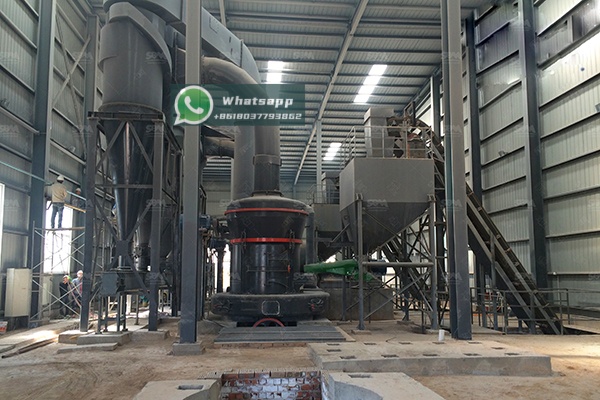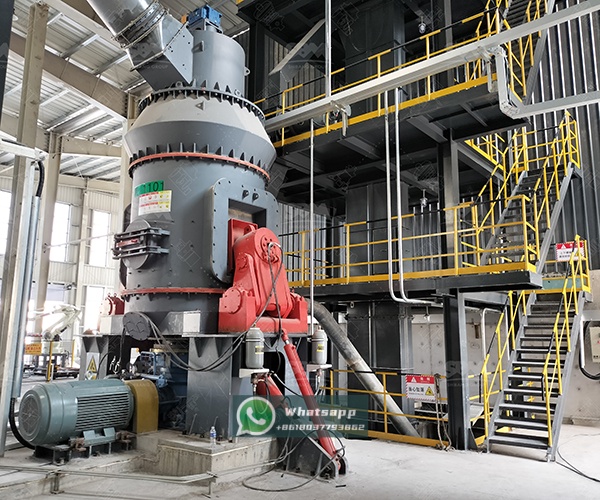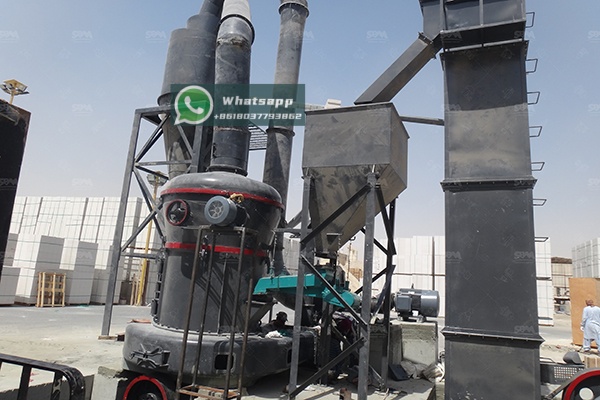The heavy clay and brick manufacturing industry represents one of Europe’s oldest and most fundamental industrial sectors, providing essential building materials for construction and infrastructure development. At the heart of this industry lies the critical process of clay preparation, where raw clay is transformed into a consistent, workable material suitable for forming bricks, tiles, and other ceramic products. The efficiency, quality, and environmental footprint of this entire manufacturing chain are profoundly influenced by the performance of the grinding mills used to process the clay.
European clay deposits vary significantly in composition, moisture content, and hardness, presenting unique challenges for milling operations. An optimal mill must handle these variations with reliability, produce a consistently fine and homogeneous powder, and do so in an energy-efficient and environmentally sound manner. This article explores the technological requirements for clay grinding in this sector and examines advanced milling solutions that meet these demanding criteria.
Effective grinding is not merely a preliminary step; it is a foundational process that determines the quality of the final product. The primary objectives of clay grinding include:
The choice of grinding technology directly impacts the brick’s structural integrity, surface finish, color consistency, and firing behavior. An inconsistent or coarse grind can lead to defects such as cracking, warping, or weak spots in the final fired product.

Traditionally, the industry relied on simple crushers and pan mills. However, modern manufacturing demands higher throughput, superior product quality, and stricter environmental controls. This has driven the adoption of more sophisticated milling equipment. Key considerations for selecting a mill in this industry include:
Among the plethora of grinding equipment available, vertical grinding mills have emerged as a particularly suitable solution for the heavy clay industry. Their design philosophy aligns perfectly with the sector’s needs. A standout example is the LM Vertical Grinding Mill from Shanghai Zenith Machinery Co., Ltd.
The LM Vertical Mill integrates five functions—crushing, grinding, powder selection, drying, and material conveying—into a single, coherent system. This integrated approach offers several distinct advantages for clay processing:
The technical parameters for the LM Vertical Grinding Mill series are detailed below, demonstrating its capacity range suitable for various scales of brick and tile production.
| Model | Plate Diameter (mm) | Capacity (t/h) | Output Fineness (μm) | Max Feed Size (mm) | Main Motor (kW) |
|---|---|---|---|---|---|
| LM130K | 1300 | 10-28 | 170-40 | <38 | 200 |
| LM190K | 1900 | 23-68 | 170-40 | <45 | 500 |
| LM280K | 2800 | 50-170 | 170-45 | <50 | 1250 |

For manufacturers producing high-value, precision ceramic products or seeking to enhance the reactivity of their clay body for faster firing cycles, an ultra-fine grinding solution may be required. In such scenarios, the LUM Ultrafine Vertical Mill presents an ideal solution. Also from Zenith’s portfolio, this mill is designed to produce products with a high content of end-fines and features intelligent control for easier maintenance.
The LUM series is particularly adept at achieving a tight particle size distribution, which can improve the plasticity and green strength of the clay body before firing. Its technical capabilities are summarized in the table below.
| Model | Main Machine Power (kW) | Capacity (t/h) | Size Distribution D97 (μm) |
|---|---|---|---|
| LUM1525 | 220-250 | 1.6-11.5 | 5-30 |
| LUM1632 | 280-315 | 2.0-13.5 | 5-30 |
| LUM1836 | 355-400 | 2.3-15 | 5-30 |
The European heavy clay and brick industry is at a crossroads, balancing traditional craftsmanship with the imperative for modern, efficient, and sustainable production. The selection of grinding equipment is a strategic decision that reverberates throughout the entire manufacturing process. Advanced vertical grinding technologies, such as the LM and LUM series from Shanghai Zenith Machinery Co., Ltd., offer a path forward.
These mills are not just machines; they are integrated processing systems designed to reduce energy consumption, minimize environmental impact, and deliver a superior, consistent clay body. By investing in such technology, European manufacturers can strengthen their competitive edge, ensure compliance with increasingly stringent regulations, and secure the long-term viability of this vital industry. As a specialist in industrial powder grinding equipment, Zenith provides robust and reliable solutions tailored to the unique challenges of grinding clay, helping manufacturers build a stronger future, one brick at a time.
